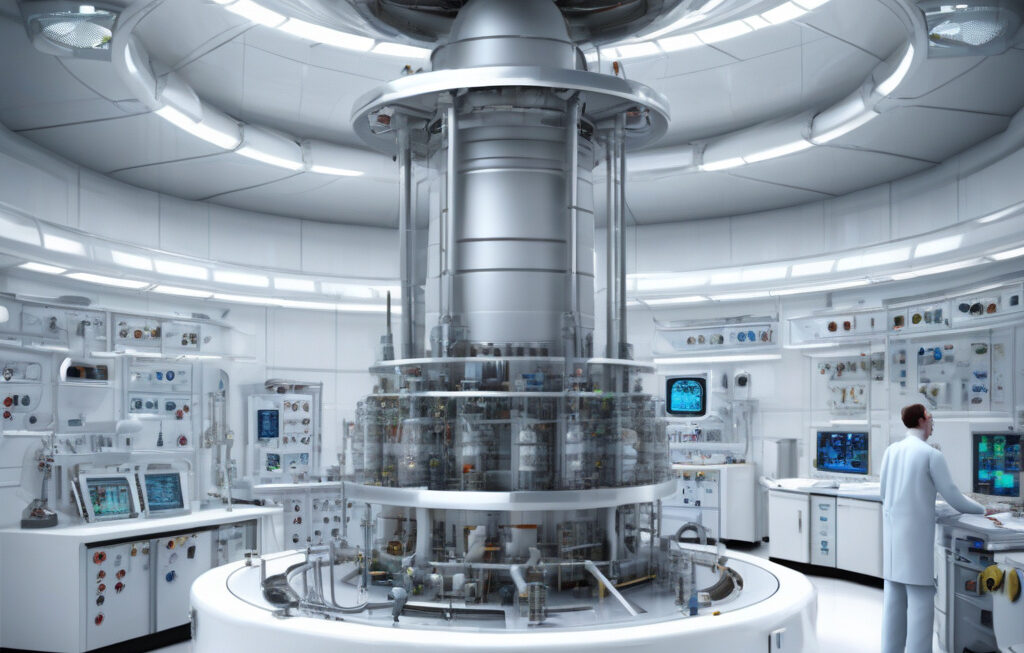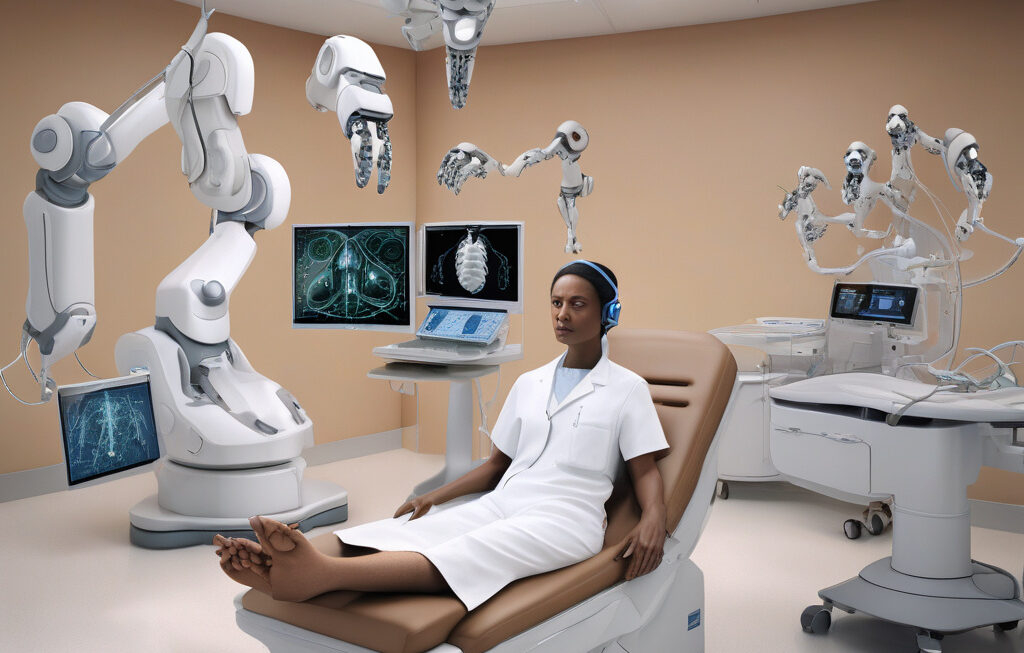OpenAI Adapts Safety Rules in Response to AI Development Race
OpenAI, a prominent player in the field of artificial intelligence, is no stranger to the pressures of staying ahead in the ever-evolving landscape of AI development. With the constant demand for faster and more advanced AI models, the organization finds itself at a critical crossroads, balancing the need for innovation with the imperative of ensuring safety and ethical standards are upheld.
Recently, OpenAI made headlines with its announcement of potential changes to its safety rules. The organization indicated that it might consider relaxing its stringent guidelines if competitors choose to overlook comparable safety measures. This decision comes in the wake of mounting competition in the AI sector, where speed to market often takes precedence over comprehensive safety protocols.
While OpenAI has built a reputation for prioritizing ethical considerations and the potential risks associated with powerful AI systems, the pressure to keep pace with rivals has become a driving force behind the reconsideration of its safety guidelines. By signaling a willingness to adjust its approach based on the actions of others in the field, OpenAI aims to strike a delicate balance between innovation and responsible AI development.
The move to potentially relax safety rules underscores the complex challenges inherent in the race to advance AI capabilities. On one hand, rapid progress in AI technology holds the promise of transformative applications across industries, from healthcare to finance to transportation. On the other hand, the unchecked pursuit of AI advancement without adequate safeguards raises valid concerns about the potential consequences of deploying AI systems with insufficient oversight.
OpenAI’s decision reflects a pragmatic acknowledgment of the competitive pressures shaping the AI landscape. In a field where breakthroughs can catapult organizations to the forefront of technological innovation, the temptation to prioritize speed and agility can sometimes overshadow the need for robust safety mechanisms. However, OpenAI’s commitment to revisiting its safety rules based on the actions of its peers demonstrates a nuanced approach to navigating the complexities of AI development.
In the broader context of the AI race, the dynamics of competition and collaboration play a significant role in shaping the trajectory of technological progress. As organizations vie for leadership in AI research and deployment, the interplay between innovation, regulation, and responsible conduct becomes increasingly critical. OpenAI’s willingness to adjust its safety rules in response to external developments highlights the fluid nature of ethical considerations in the fast-paced world of AI.
Ultimately, the evolving landscape of AI development demands a multifaceted approach that balances the imperatives of progress, safety, and ethical stewardship. By proactively reassessing its safety rules in light of external factors, OpenAI sets a precedent for adaptive and responsive governance in the realm of artificial intelligence. As the AI race continues to unfold, the ability to calibrate innovation with ethical standards will be paramount in shaping a future where AI serves as a force for good.
In conclusion, OpenAI’s decision to update its safety rules amidst the intensifying competition in the AI sector underscores the complex interplay between technological advancement and ethical responsibility. By remaining flexible and responsive to external pressures, OpenAI sets a precedent for adaptive governance in the ever-evolving field of artificial intelligence.
AI, OpenAI, Safety Rules, Innovation, Ethical AI












